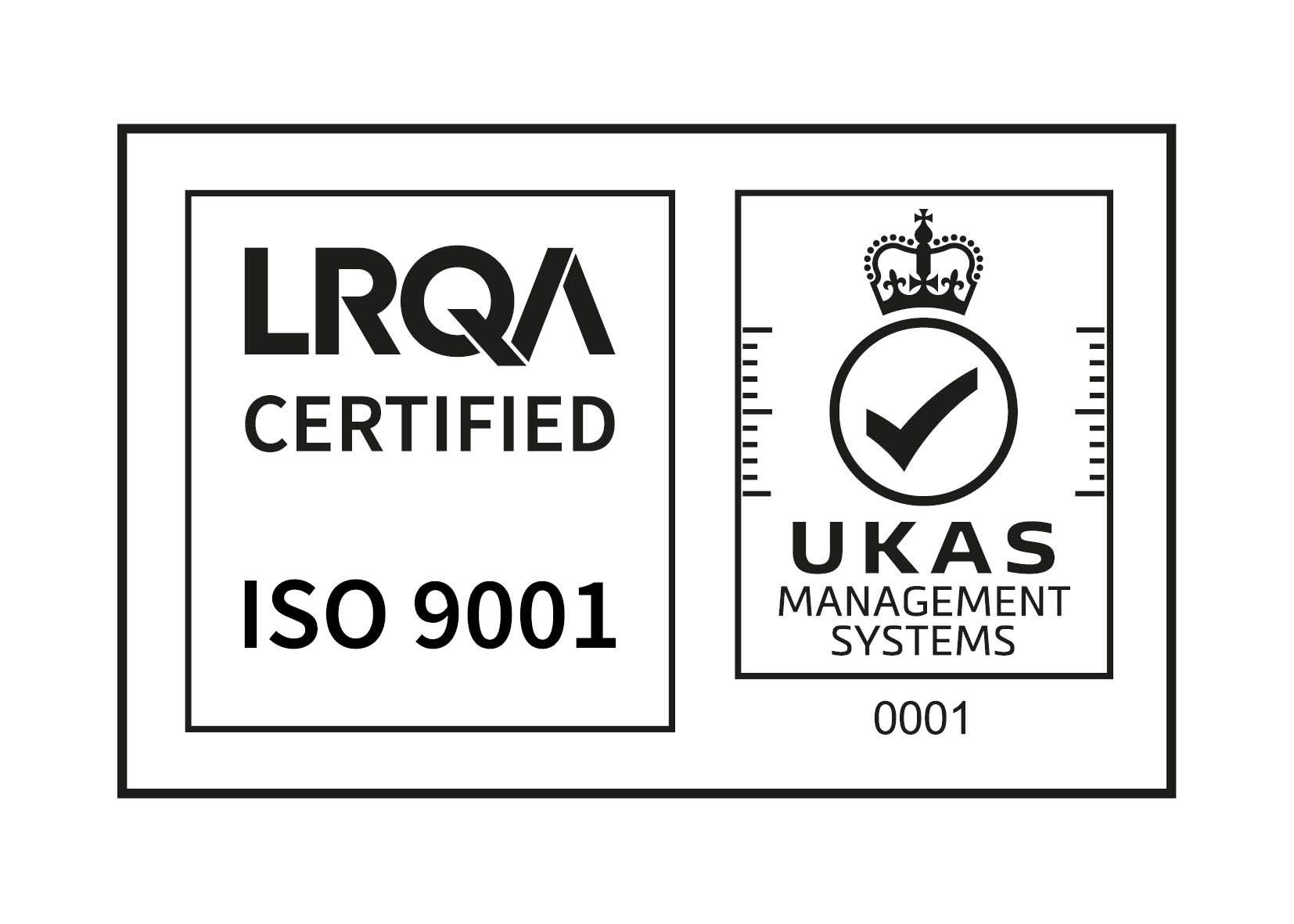WHY DOCUMENT CONTROL IS EVERY PROJECT MANAGERS SECRET WEAPON ON MECHANICAL DESIGN PROJECTS…

Why Document Control is Every Project Managers Secret Weapon On Mechanical Design Projects…
Date: 11th August 2022
“We have a guy for that.”
I hear this from Project Managers all the time when showing up on site for the first time.
It’s always great to hear that an organisation has a Document Controller. But, as the lead of a design project, it’s important to be involved in this process and the documents surrounding document control yourself. The main reason for this is that, when designers aren’t working to the most up to date documents or specs, errors happen - and these can be costly in more ways than one…
So just how important is document control in mechanical design?
The sign of any great mechanical design is in the details. And, in order to achieve this high level of detail and accuracy, your designer needs to be working from the most up to date set of drawings.
Recently I was working on a job where, straight off the mark we were sent the wrong version of drawings from another design office.
It wasn’t until we arrived on site for the initial visit that it became clear the drawings didn't match the current site layout. We requested the latest version of the drawing which was happily provided; however, on analysis, this drawing still didn’t accurately represent the site so required some modification.
In this case, the project was only set back by a few weeks to allow time for these revisions to be made. Without noticing these discrepancies though, the design could have potentially…
- Been built to the wrong specifications
- Required a full redesign later down the line at an additional expense
- Been manufactured and been in breach of health and safety requirements
- Caused a huge environmental or safety risk for people and the surrounding area
How could this be avoided on your next project?
Hindsight is a wonderful thing. In this instance, this whole situation could have been avoided with a clearer process around document control - and this is often the case.
It would have taken just one conversation, one follow up email confirming the designer had received the correct drawings and one set of updates to the drawings to ensure that everyone was singing from the same hymn sheet.
So, here’s 5 important things to keep on top of when it comes to document control on your next design project…
- Make sure that everyone involved in the project has the most up to date revisions of every document. If you can make sure of this before your designer arrives on site - even better!
- Follow up on every change to check its been received. We’ve worked with so many organisations who email updates and changes but never follow up to confirm the designer has received and is working to the new spec. It’s always better to slow the process down by a day or 2 to make sure everyone’s working to the new revisions than to find out too late they missed your email.
- Effective communication is a 2 way street. Not only should your designer be regularly communicating any questions, concerns or document requirements they need from you, you should be doing the same.
- Keep an up to date document register that everyone has access to. This allows everyone on the project to easily see the latest revisions of the documents and which are being worked on to check they have been sent the latest information.
- Where possible, hire or elect a dedicated document controller for the project. They are invaluable and make communication on a project a lot easier between each department.
If you’ve got any questions about how we work and what document control processes we have and require from you, drop us a line.



We are a highly skilled design and project engineering consultancy, based in the North-West, with more than 20 years experience.

All Rights Reserved | O'Hare Engineering Design LTD. O'Hare Engineering Design LTD is a company limited by guarantee. Registered in England No. 10820380
